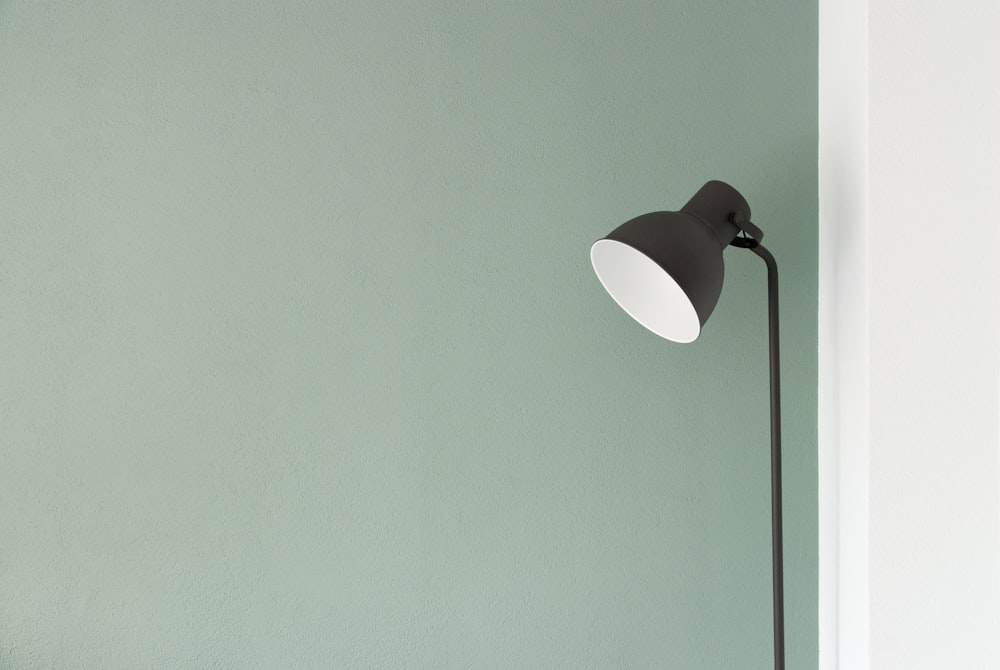cozy comforts
Modern Minimalism Embracing Clean Lines in Home Design
The Essence of Modern Minimalism
In the realm of interior design, modern minimalism stands out as a timeless and elegant style. Embracing clean lines, simple forms, and a focus on functionality, this design approach creates spaces that feel open, airy, and uncluttered. Let’s delve into the essence of modern minimalism and discover how you can incorporate this aesthetic into your home design.
Clean Lines and Sleek Surfaces
At the core of modern minimalism are clean lines and sleek surfaces. Think of furniture with straight edges, geometric shapes, and a lack of ornate detailing. From streamlined sofas to angular coffee tables, each piece is carefully chosen to contribute to the overall sense of simplicity and order in the space.
Neutral Color Palette for a Calm Ambiance
A neutral color palette is a hallmark of modern minimalism, as it creates a calm and serene ambiance. Whites, greys, beiges, and blacks dominate the color scheme, allowing the focus to remain on the forms and textures within the room. These hues also enhance the feeling of spaciousness, making the room appear larger and more inviting.
Functional Furniture for Practical Living
In a modern minimalist space, furniture serves a dual purpose of both form and function. Each piece is selected with practicality in mind, offering storage solutions, hidden compartments, or multipurpose features. This approach ensures that every item in the room contributes to a clutter-free environment while still fulfilling its intended use.
Maximizing Natural Light for Brightness
Natural light plays a crucial role in modern minimalist design, as it enhances the brightness and openness of the space. Large windows, skylights, and glass doors are often incorporated to allow ample daylight to flood the room. This not only reduces the need for artificial lighting but also creates a connection to the outdoors.
Strategic Use of Texture for Visual Interest
While modern minimalism emphasizes simplicity, it doesn’t have to be devoid of texture. Strategic use of textures adds depth and visual interest to the space. Consider incorporating elements such as a plush rug, a textured accent wall, or a statement piece of artwork to create focal points within the room.
Decluttering for a Zen-Like Environment
Central to modern minimalism is the concept of decluttering. A clutter-free environment promotes a sense of calm and order, allowing the mind to relax and unwind. Embrace storage solutions such as built-in cabinets, hidden drawers, and minimalist shelving to keep belongings out of sight and the space looking pristine.
Balancing Form and Functionality
In modern minimalist design, each element should strike a balance between form and functionality. This means that decorative items should also serve a purpose, whether it’s a sculptural vase that doubles as a lamp or a sleek side table with built-in storage. This approach ensures that every item contributes to the overall aesthetic of the room.
Embracing Negative Space for Breathing Room
Negative space, also known as “white space,” is a key element of modern minimalism. It refers to the areas of the room that are left empty to
Tranquil Retreat Minimalist Farmhouse Design Inspirations
Embracing Minimalist Farmhouse Design
In the heart of countryside living lies the charm of minimalist farmhouse design. This unique approach combines the rustic allure of a farmhouse with the simplicity and elegance of minimalism. Let’s explore how to create a tranquil retreat filled with minimalist farmhouse design inspirations.
Simplicity in Rustic Charm
Minimalist farmhouse design is all about embracing the rustic charm of a farmhouse while keeping the aesthetic clean and uncluttered. Think exposed beams, reclaimed wood, and natural textures paired with sleek lines and a neutral color palette. This blend creates a serene and inviting atmosphere that celebrates the essence of farmhouse living.
Neutral Color Palette
A key element of minimalist farmhouse design is the use of a neutral color palette. Shades of white, cream, beige, and soft greys dominate the space, allowing the natural materials and textures to take center stage. These colors evoke a sense of calmness and tranquility, perfect for creating a peaceful retreat.
Clean Lines and Simple Silhouettes
Incorporating clean lines and simple silhouettes is essential in minimalist farmhouse design. Furniture pieces are often streamlined and functional, with a focus on quality craftsmanship. This approach creates a sense of openness and spaciousness, even in smaller farmhouse spaces.
Natural Materials and Textures
Natural materials such as wood, stone, and metal play a significant role in minimalist farmhouse design. From reclaimed barn wood flooring to stone countertops and metal fixtures, these elements add warmth and texture to the space. They also bring a sense of authenticity and connection to nature, which is characteristic of farmhouse living.
Cozy Textiles and Soft Furnishings
To enhance the comfort and coziness of a minimalist farmhouse, incorporate soft textiles and furnishings. Think plush throw blankets, linen upholstery, and oversized cushions in earthy tones. These elements not only add warmth to the space but also create inviting nooks for relaxation.
Embracing Minimalist Decor Accents
When it comes to decor accents in a minimalist farmhouse, less is more. Choose a few carefully curated pieces that reflect the farmhouse aesthetic, such as vintage signs, rustic pottery, or antique farmhouse tables. These accents add character and charm without overwhelming the space.
Maximizing Natural Light
Natural light is a crucial element in minimalist farmhouse design. Large windows, skylights, and French doors allow ample natural light to flood the space, creating a bright and airy atmosphere. This not only highlights the beauty of the farmhouse elements but also promotes a sense of well-being.
Creating Functional Farmhouse Spaces
In a minimalist farmhouse, each space serves a purpose while maintaining a sense of simplicity. The kitchen becomes a hub of activity with open shelving, farmhouse sinks, and functional island counters. Bedrooms offer serene retreats with minimalist furnishings and cozy bedding. Living areas feature comfortable seating arrangements and rustic accents for gatherings.
Blending Indoor and Outdoor Living
One of the joys of farmhouse living is the connection to the outdoors. In a minimalist farmhouse design, this connection is enhanced with seamless transitions between indoor and outdoor spaces. Consider adding a screened


